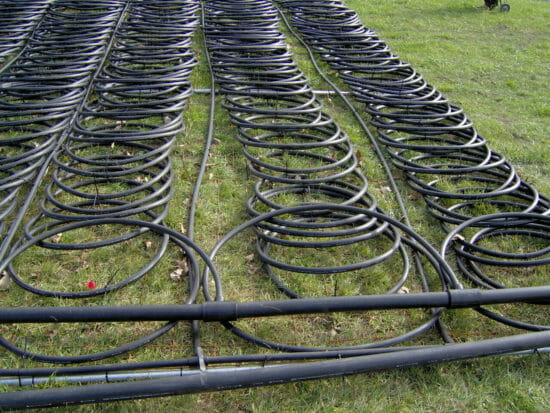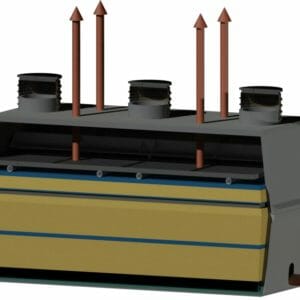Description
This course is an introduction to passive solar technology to heat buildings. It will tell you about the basic passive systems and climate considerations you need to know about. You will gain knowledge about guidelines for schematic design of passive solar buildings. You will learn the foundation you need to move forward with passive solar design as an integral part of your building design skills.
Course Outline
I. Systems
A. Direct gain heating
B. Daylighting
C. Radiant panels
D. Thermosiphoning air panels
E. Thermal storage walls
1. Trombe walls
2. Concrete block walls
3. Water walls
F. Sunspaces
G. Incremental cooling load
II. Climatic considerations
A. Characteristic weather parameters
B. Climate and conservation measures
C. Solar availability
III. Guidelines for schematic design
A. Building shape and orientation
B. East, west and north windows
C. Passive heating system characteristics
D. Sizing overhangs
E. Insulation levels
F. Infiltration
G. Solar collection area
H. Thermal storage mass
Passive solar energy is one of the most efficient forms of energy in the world. Not only does it reduce the cost of energy for your company, agency or clients, it reduces the demand on limited global energy supplies and avoids carbon emissions and other global environmental impacts associated with energy production and utilization. Participants will learn about the basic systems and building features that can be used to passively heat buildings using solar energy. They will learn how to evaluate climate and solar availability to determine feasibility of cost-effective passive solar systems at specific project sites. And they will gain knowledge of guidelines to use in preparing feasibility studies for passive solar projects.
- Learn about direct gain heating systems
- Learn about radiant panel systems
- Learn about thermosiphoning air panel systems
- Learn about thermal storage walls
- Learn about sunspaces
- Learn about characteristic weather parameters
- Learn about climate and conservation measures
- Learn about solar availability
- Learn about guidelines for schematic design
 E - 1130 Steel Design - Full 8 Hours course - Updated to AISC 14th edition
1 × $200.00
E - 1130 Steel Design - Full 8 Hours course - Updated to AISC 14th edition
1 × $200.00  E - 1117 Introduction to Biofuels
1 × $75.00
E - 1117 Introduction to Biofuels
1 × $75.00  E - 3043 Introduction to Decarbonization
1 × $75.00
E - 3043 Introduction to Decarbonization
1 × $75.00  E - 3042 Introduction to Building Automation Systems
1 × $50.00
E - 3042 Introduction to Building Automation Systems
1 × $50.00 

 E - 1130 Steel Design - Full 8 Hours course - Updated to AISC 14th edition
E - 1130 Steel Design - Full 8 Hours course - Updated to AISC 14th edition  E - 1117 Introduction to Biofuels
E - 1117 Introduction to Biofuels  E - 3043 Introduction to Decarbonization
E - 3043 Introduction to Decarbonization  E - 3042 Introduction to Building Automation Systems
E - 3042 Introduction to Building Automation Systems 


